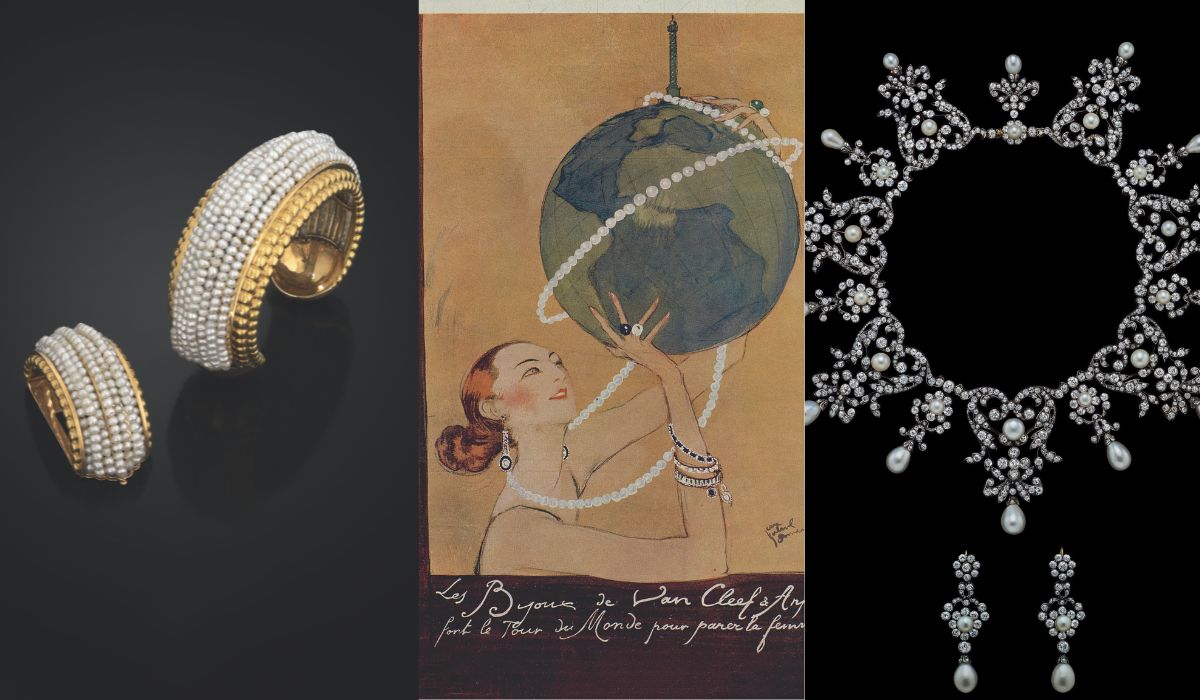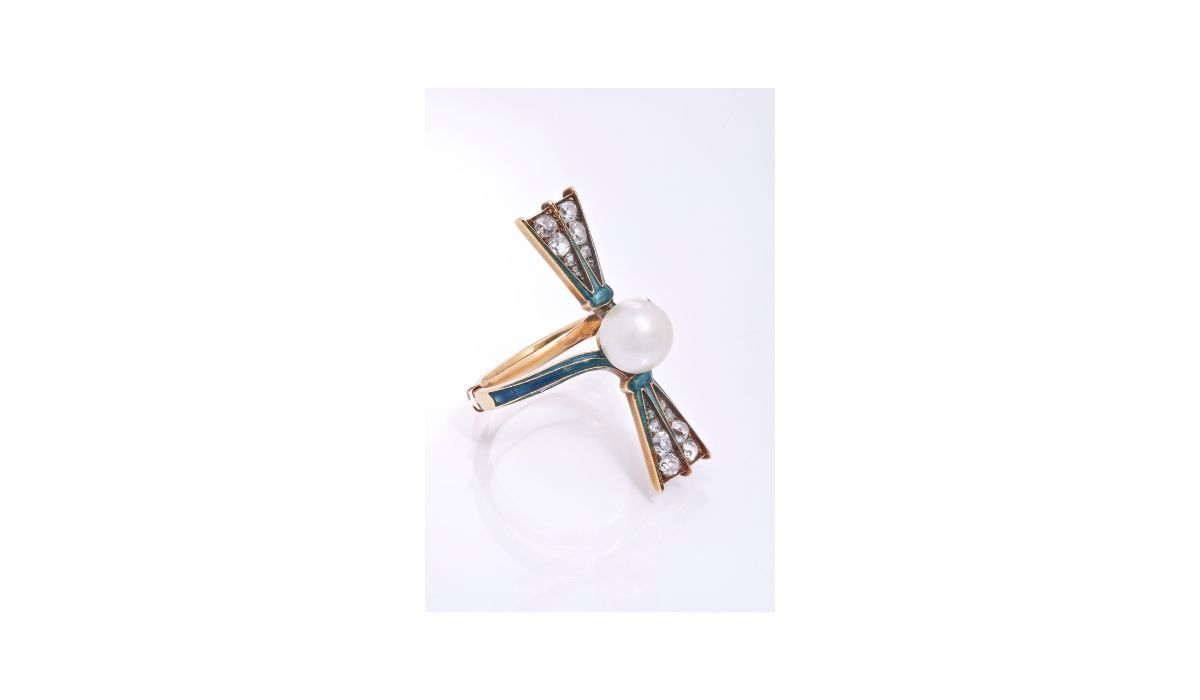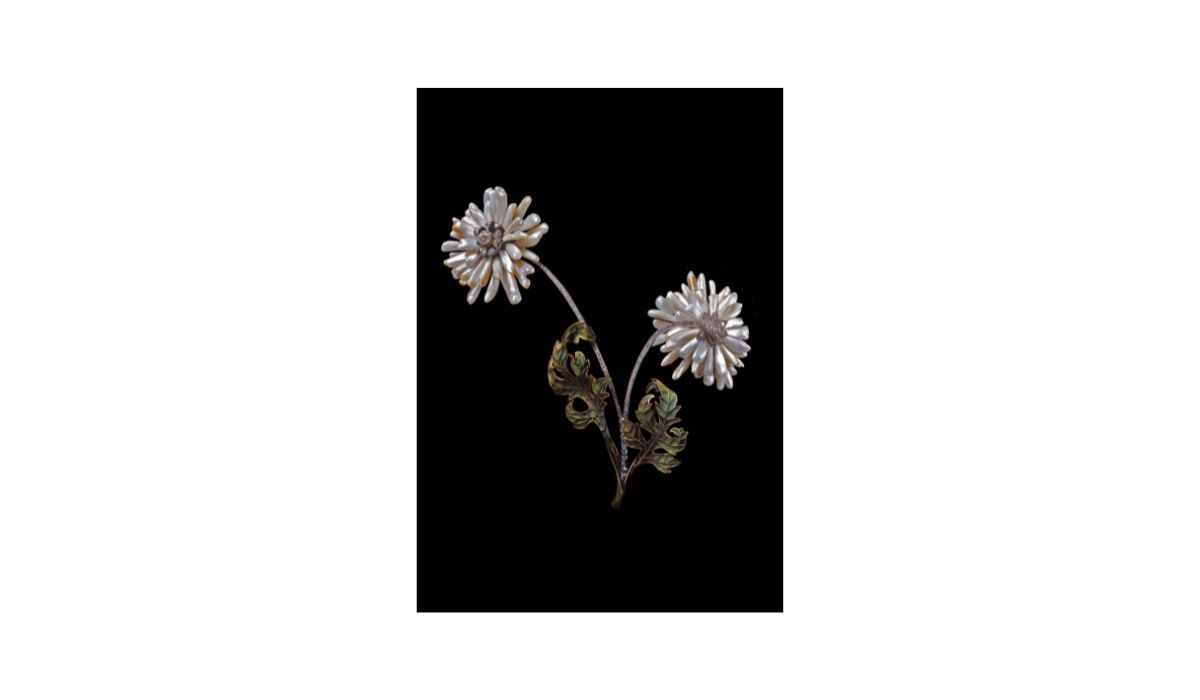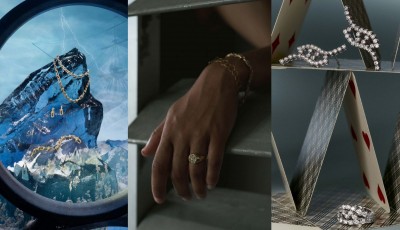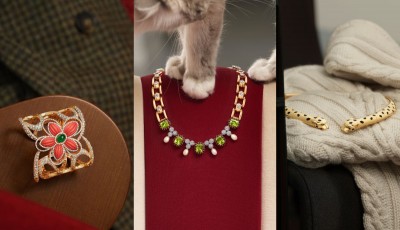Paris, City of Pearls: an Exhibition by Van Cleef & Arpels
The Van Cleef & Arpels exhibition explores the golden age of the pearl trade between Paris and Dubai, from 1860 to 1930, open until June 2025
Paris, second half of the 19th century. A historical period of great social revolutions, which, in the Ville Lumière, also resulted in a new topographical layout developed by prefect Georges Eugène Haussmann.
In particular, the areas between the 8th and 19th Arrondissements underwent an impressive restyling, creating two of the French capital's most representative avenues, even today: Boulevard Haussmann and Rue La Fayette. The former, 2.5 km, and the latter, almost 3 km long, are still two shopping landmarks, a legacy of what was already happening then, especially along Rue La Fayette.
For some reason, in Rue La Fayette’s straight three thousand meters, more than 300 pearl retailers sprang up in a short time, which in turn instigated the birth of a number of prestigious jewelry houses—some of which still exist today—centered on Place Vendôme and its surroundings.
An unusual phenomenon, to say the least, that piqued the curiosity of Olivier Segura, Gemologist and Director of L'École Asia-Pacific, School of Jewelry Arts, and already the creator of courses and exhibitions focused on the pearl, including “Pearl Merchants, A Rediscovered Saga between the Gulf and France at the Dawn of the 20th Century”, held in Dubai in 2019.
Hence the idea of creating a major new exhibition to celebrate that historic moment between 1860 and 1930 when Paris became the heart of the world trade in these precious natural gems, establishing a direct and preferential link with the so-called “pearl coast.”
As accounting books, telegrams, photographs, and all kinds of archive documents—on display until 1st June 2025 at the new L'École by Van Cleef & Arpels premises on the Grands Boulevards, just a few steps from Rue La Fayette—demonstrate, Dubai and the Persian Gulf area were, in fact, the ultimate collection centers of these biominerals. Convoys of thousands of snow-white pearls literally set sail from there for France, destined to become the main features of splendid creations made by the greatest jewelers of the time.
These were decades in which, in the wake of these routes, immense fortunes were made, although financial ruin came just as quickly when Dubai was hit, firstly in 1908, by a “great storm” that struck hundreds of pearl harvesting boats, and later, in 1929, by the financial tsunami caused by the Great Depression that abruptly curbed exports.
The situation was further aggravated by a “technological” innovation that would change the business forever: pearl cultivation. More than a century after those events, it can be said that pearls were at the center of an extraordinary artistic, commercial, and even, before that, human adventure that, in some ways, also changed the face of the two main cities involved—Paris and Dubai—especially the latter, which had to wait several decades to be reborn and regain an international role following the discovery of oil.
The exhibition itinerary of “Paris, City of Pearls” is divided into six different sections that retrace those decades in stages, with a temporal span that runs parallel to economic, style, and costume changes, perfectly illustrated by a hundred or so pieces from prestigious collections: the Musée des Arts Décoratifs de Paris, the Petit Palais - Musée des Beaux-Arts de Paris, the historical collections of the Maisons Van Cleef & Arpels, Cartier and Fred, and Albion Art.
The enjoyment gleaned from visiting the exhibition is not only due to the exceptional nature of the unique pieces that have marked haute joaillerie history but also to an original sensorial approach that awakens the visitors’ sight, hearing, and touch.
In particular, the areas between the 8th and 19th Arrondissements underwent an impressive restyling, creating two of the French capital's most representative avenues, even today: Boulevard Haussmann and Rue La Fayette. The former, 2.5 km, and the latter, almost 3 km long, are still two shopping landmarks, a legacy of what was already happening then, especially along Rue La Fayette.
For some reason, in Rue La Fayette’s straight three thousand meters, more than 300 pearl retailers sprang up in a short time, which in turn instigated the birth of a number of prestigious jewelry houses—some of which still exist today—centered on Place Vendôme and its surroundings.
An unusual phenomenon, to say the least, that piqued the curiosity of Olivier Segura, Gemologist and Director of L'École Asia-Pacific, School of Jewelry Arts, and already the creator of courses and exhibitions focused on the pearl, including “Pearl Merchants, A Rediscovered Saga between the Gulf and France at the Dawn of the 20th Century”, held in Dubai in 2019.
Hence the idea of creating a major new exhibition to celebrate that historic moment between 1860 and 1930 when Paris became the heart of the world trade in these precious natural gems, establishing a direct and preferential link with the so-called “pearl coast.”
As accounting books, telegrams, photographs, and all kinds of archive documents—on display until 1st June 2025 at the new L'École by Van Cleef & Arpels premises on the Grands Boulevards, just a few steps from Rue La Fayette—demonstrate, Dubai and the Persian Gulf area were, in fact, the ultimate collection centers of these biominerals. Convoys of thousands of snow-white pearls literally set sail from there for France, destined to become the main features of splendid creations made by the greatest jewelers of the time.
These were decades in which, in the wake of these routes, immense fortunes were made, although financial ruin came just as quickly when Dubai was hit, firstly in 1908, by a “great storm” that struck hundreds of pearl harvesting boats, and later, in 1929, by the financial tsunami caused by the Great Depression that abruptly curbed exports.
The situation was further aggravated by a “technological” innovation that would change the business forever: pearl cultivation. More than a century after those events, it can be said that pearls were at the center of an extraordinary artistic, commercial, and even, before that, human adventure that, in some ways, also changed the face of the two main cities involved—Paris and Dubai—especially the latter, which had to wait several decades to be reborn and regain an international role following the discovery of oil.
The exhibition itinerary of “Paris, City of Pearls” is divided into six different sections that retrace those decades in stages, with a temporal span that runs parallel to economic, style, and costume changes, perfectly illustrated by a hundred or so pieces from prestigious collections: the Musée des Arts Décoratifs de Paris, the Petit Palais - Musée des Beaux-Arts de Paris, the historical collections of the Maisons Van Cleef & Arpels, Cartier and Fred, and Albion Art.
The enjoyment gleaned from visiting the exhibition is not only due to the exceptional nature of the unique pieces that have marked haute joaillerie history but also to an original sensorial approach that awakens the visitors’ sight, hearing, and touch.


